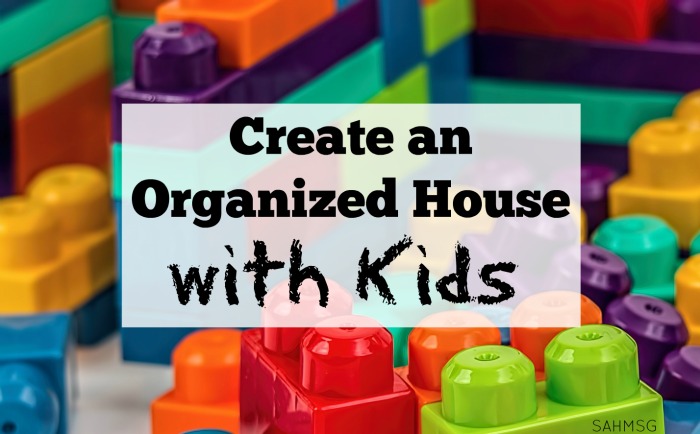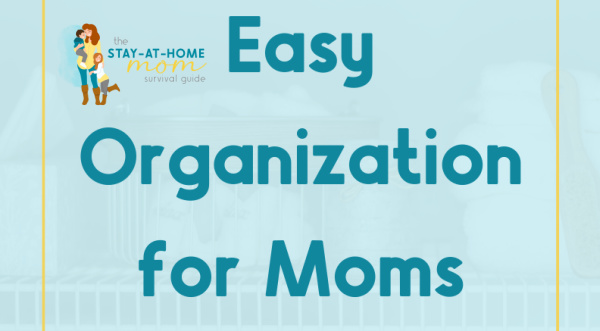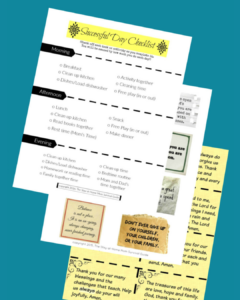Arranging a room for a school-age or student is not just about creating a space for sleep and study; it’s about designing an environment that nurtures growth, creativity, and a love for learning. This article will explore key aspects of setting up a functional and inspiring room.
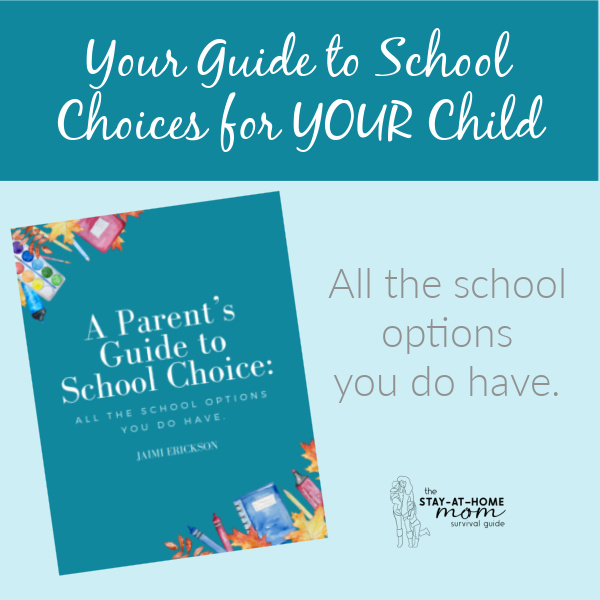
Arrange A Room for A School-Age Child
Understanding the Space
The first step in arranging a room for a young learner is understanding the space you must work with. This isn’t just about measuring dimensions; it’s about recognizing the room’s potential to be a multi-functional space. It should accommodate sleep, study, relaxation, and play.
Natural light is a precious commodity in any learning space. If the room has good natural light, position the study area near the window, but be mindful of glare on screens and books.
For rooms with limited light, invest in quality lighting solutions that mimic natural light, reducing eye strain during study sessions. Try getting an essay writer for hire to help guide you if you are constantly busy with piles of academic papers. They will handle some of your papers while you shop for furniture or consider the design.
Furniture: The Building Blocks of a Great Room
Choosing the right furniture is crucial. Start with the essentials: a comfortable bed, a sturdy desk, and a supportive chair. The bed should be cozy and inviting; promoting good sleep, essential for learning.
The desk should have enough space for books, a computer, and writing space, but not so large that it dominates the room. The chair is often overlooked, but it’s critical. It should support good posture and be adjustable to the student’s height. Consider space-saving furniture like loft beds with desks underneath or foldable study tables to maximize the available space.
Personalization and Inspiration
A room should reflect the personality and interests of its occupant. Allow the students to choose colors, themes, or decorations that resonate with them. This could be as simple as a favorite color for bedding or as elaborate as a themed wallpaper. Artwork, posters, or motivational quotes can inspire and uplift.
However, it’s important to strike a balance. Too much decoration can be distracting, so encourage the students to choose a few special items that truly speak to them. The personalization is also important in academic writing. GrabMyEssay experts know how to guide you in writing an analytical essay. Check them out if you need a few spare hours to decorate your room.
Organized Storage Solutions
Clutter is the enemy of focus. Organized storage solutions are key to combating this. Shelves, drawers, and cabinets should be within easy reach, allowing for quick access and easy tidying up.
Encourage the student to have a ‘place for everything and everything in its place.’ Color-coded or labeled bins can help younger children stay organized, while older students might appreciate a more sophisticated filing system. Remember, the goal is to reduce clutter, not just to hide it away.
Technology and Connectivity
In today’s world, technology is a vital part of education. Ensure the room has sufficient electrical outlets and good internet connectivity. Consider ergonomic factors: the computer screen should be at eye level, and keyboards should be positioned to prevent strain. If the room is shared with siblings, think about managing noise – perhaps with headphones or a divider.
A Space for Relaxation
Finally, remember to create a space for relaxation. This could be a cozy corner with a beanbag chair and a stack of favorite books, a small area for stretches and workouts, or a dedicated spot for hobbies and crafts. The room mustn’t be just about work and study; it must be a sanctuary for relaxation and rejuvenation.
Conclusion
Arranging a room for a schoolchild or student is about creating a balanced space that caters to their educational needs while reflecting their style and interests. It should be a place to focus, learn, grow, relax, and be themselves.
With thoughtful planning and creative touches, you can transform any room into an ideal learning and living space for your young scholar.
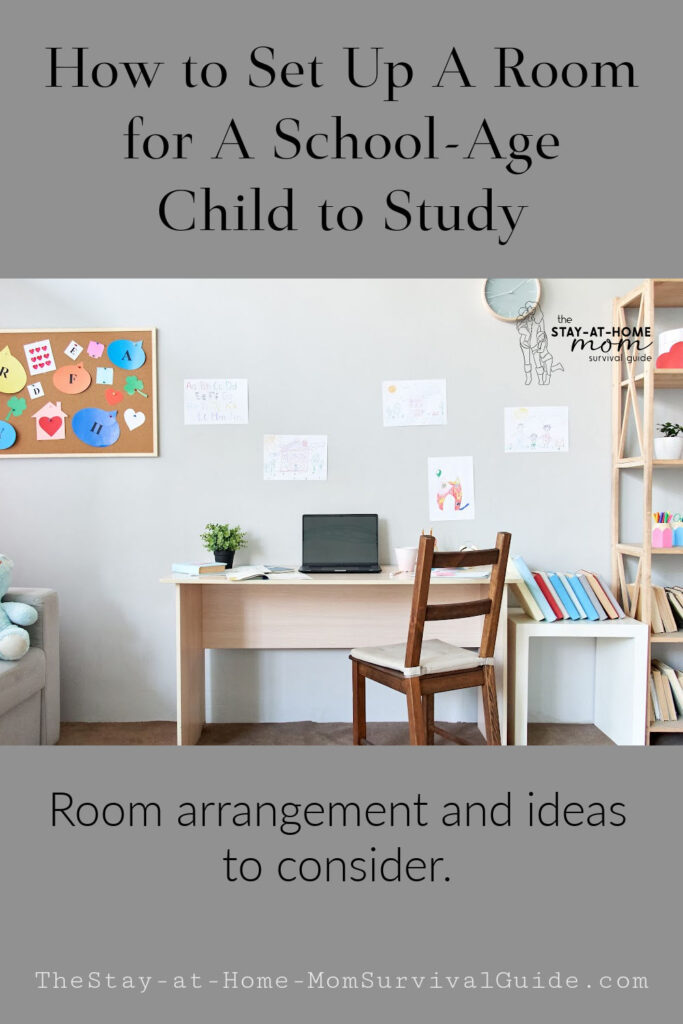
Follow the SAHM Survival Guide:
Subscribe by email to receive weekly updates and free access to subscriber-only tips and tools. You can also join me over on Youtube, Facebook, Instagram, Pinterest, X, LinkedIn, or our private Facebook group.
Ruby Reginald is a seasoned writer specializing in educational and developmental content for children and young adults. With a background in educational psychology, her expertise lies in crafting articles that blend practical advice with psychological insights to foster optimal learning environments and personal growth. Ruby’s passion for enhancing educational experiences is evident in her writing, which is both informative and engaging, making complex concepts accessible to a broader audience.



